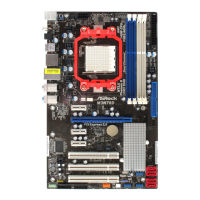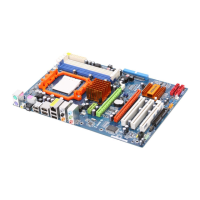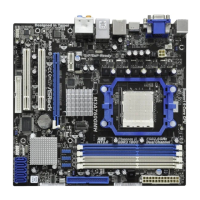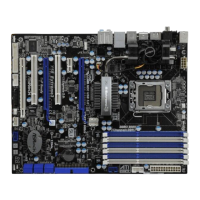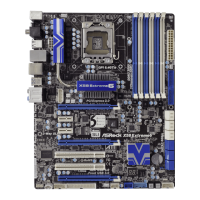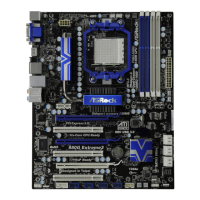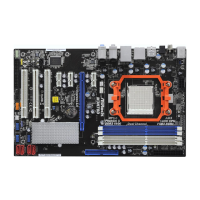
Do you have a question about the ASROCK M3N78D - V1.0 and is the answer not in the manual?
| Form Factor | ATX |
|---|---|
| Chipset | NVIDIA GeForce 8200 |
| Memory Type | DDR2 |
| Memory Slots | 4 |
| Maximum Memory | 8GB |
| Storage Interface | SATA |
| Audio | Realtek ALC662 |
| Max. LAN Speed | 10/100/1000 Mbps |
| Socket | AM2+ |
| SATA 3Gb/s | 6 |
| SATA RAID | RAID 0, 1, 0+1 |
| USB Ports | 12 |
| LAN | Realtek RTL8111B |
| PS/2 | 1 (keyboard), 1 (mouse) |
| Video Ports | 1 x VGA, 1 x DVI-D |
Lists all items included in the motherboard package.
Details the hardware specifications of the motherboard, including CPU, chipset, memory, and I/O.
Visual guide identifying the location of various connectors and components on the motherboard.
Describes the ports and connectors available on the motherboard's rear panel.
Important guidelines to follow before installing or handling motherboard components to prevent damage.
Step-by-step instructions for installing the CPU into the motherboard socket.
Guidance on mounting the CPU cooling system, including thermal grease application.
Instructions for installing DDR3 memory modules, including dual-channel configuration.
How to install expansion cards into PCI and PCI Express slots on the motherboard.
Explains the purpose and settings for various jumpers on the motherboard.
Identifies and explains the function of onboard headers and connectors for system peripherals.
Instructions for connecting the HDMI_SPDIF cable for audio output to HDMI devices.
Guide to configuring SATAII hard disks for optimal performance, including jumper settings.
Steps for installing Serial ATA (SATA) and SATAII hard disks for internal storage.
Explains the functions of Hot Plug and Hot Swap for SATA/SATAII HDDs.
Detailed instructions and precautions for using the SATA/SATAII HDD Hot Plug feature.
General guidance on installing system drivers from the support CD.
Steps for installing various Windows OS versions, including RAID/non-RAID configurations.
Information on the motherboard's overclocking feature and its implications.
Overview of the BIOS setup utility, how to enter, and navigation keys.
Describes the system overview displayed on the BIOS Main screen.
Configuration options for overclocking features, CPU frequency, and voltage.
Access to advanced system configurations including CPU, Chipset, ACPI, and Storage.
Settings related to CPU features like Cool 'n' Quiet, Virtual Machine, and Cache.
Configuration options for onboard devices like LAN, HD Audio, and graphics adapter.
Settings for power management features like Suspend to RAM and Restore on AC/Power Loss.
Settings for onboard IDE and SATA controllers, including SATA Operation Mode.
Configuration for PCI and PnP devices, including latency timer and BusMaster.
Settings for floppy drive controller and serial port address.
Configuration options for USB controllers and legacy USB support.
Monitors system hardware status like CPU temperature, fan speed, and voltages.
Configuration of boot devices, boot priority, and display options like Full Screen Logo.
Options for setting or changing system passwords (Supervisor/User).
Options for saving changes, discarding changes, and loading default settings before exiting BIOS.
Information on supported operating systems and general installation references.
Details the drivers and utilities available on the motherboard support CD.
Instructions on how to launch the motherboard support CD's interface.
Describes how to access and install necessary device drivers from the CD.
Explains how to access and install motherboard-supported application software.
Provides contact details and website for ASRock technical support.
